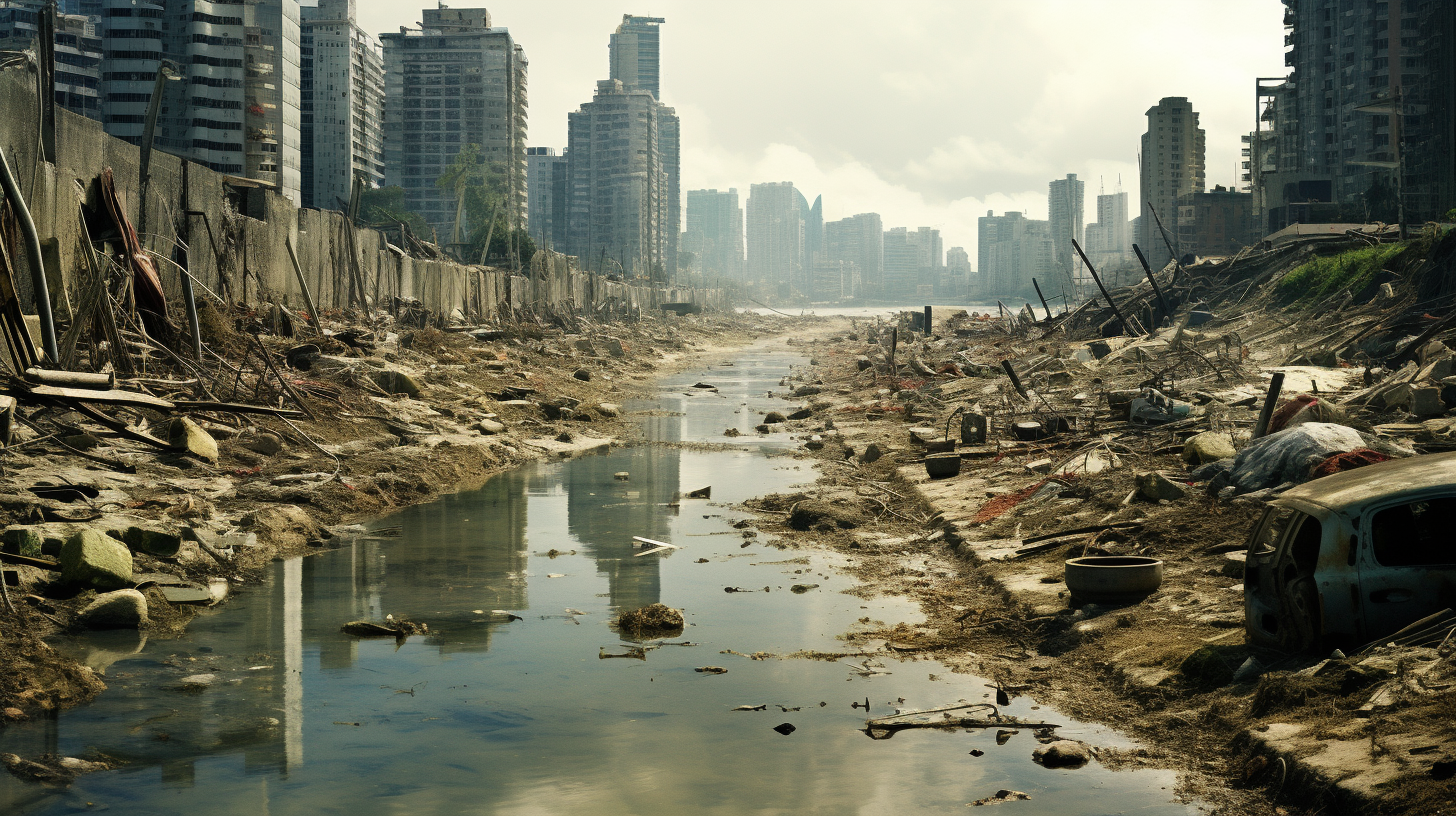Amid the shadow of an eerie tranquility that cloaks the world’s oceans, a peculiar narrative unfolds in the globe’s maritime ‘Dead Zones.’ As the ambient murmurs of marine life once teeming beneath the waves have been quelled, a ghostly silence has settled. Yet, where despair dominates and hope is deemed lost, life—in its most resilient, audacious forms—dares to defy the odds.
Against this backdrop of aquatic desolation, we uncover an unexpected tale of survival and adaptation. In these pockets of oceanic ruin, some species prevail, carving an existence out of the bleakest corners of our planet—these are tales not of thriving ecosystems, but of isolated resilience; stories that challenge the notion that all is beyond redemption.
With the spectacle of acoustic extinction poignantly depicted in ‘Seas Without Life – When the Depths Go Quiet’ and continued in ‘Ocean Deafness – The Silent Depths Below’, the deadening of the ocean’s sonorous heartbeat is clear. But what of the creatures that endure, the select few that have turned limitation into innovation?
‘Life in the Dead Zones’ uncovers the outliers that populate these aquatic graveyards. From the hardy bacteria that forms mats upon hypoxic waters to the jellyfish whose amorphous bodies slip through poisoned waves, these beings present a paradox. They are symbols of hope and also messengers warning of a precarious balance displaced.
Consider the blood-red tides, a phenomenon spurred by unchecked algal blooms feasting upon the excess nutrients churned into the sea by human activity. Within these toxic waters, few can sustain life, yet certain algae-eating zooplankton and filter-feeding shellfish courageously persist. Their niche existence is a masterclass in adaptation—a literal breath in a suffocating world.
And let us not forget the extremophiles, those microorganisms who make their homes in brackish, light-starved zones. Mirroring the fervor of their terrestrial counterparts in arid deserts, they are the testament to life’s tenacity, a threadbare thread clawing onto existence.
The ocean’s resilience is mirrored in the tubeworms dwelling near sulfur-rich hydrothermal vents. These bizarre life forms have forged symbiotic bonds with bacteria, becoming chemoautotrophic beings that draw nourishment from the very chemicals toxic to others. They are the phoenixes rising from the seabed’s ashes, a lesson in adaptability amidst adversity.
But these instances of life are more than mere biological anomalies; they serve as a somber reminder. Our oceans, stoic and vast, are reaching the brink. Each species surviving in these cursed waters is only a pale glint of the rich tapestry we are on the brink of forfeiting. The stubborn endurance of life amidst decay is not only a beacon of biological wonder but a grave marker of what once was and may never be again.
In an era where the mantra of ‘life finds a way’ is tested to its limits, these harbingers in the ‘Dead Zones’ provide a glimpse of nature’s unyielding resolve. Their stories are woven through the warped fabric of a world we have twisted, shimmering defiantly—a testament to life’s enduring flame, flickering in the storms of human neglect.
Yet, their existence is not an endorsement of our actions, nor an absolution of the past. Instead, they paint a complex narrative—not of nature’s recovery, but of its stubborn refusal to surrender completely to our transgressions. These phenomena are not blips of hope in the chart of our future but rather symptoms of an Earth desperately gasping for recovery. As readers, we are compelled to acknowledge these glimmers, however faint, and confront the daunting question that shadows our every move: What remnants of life will we leave in our wake?
